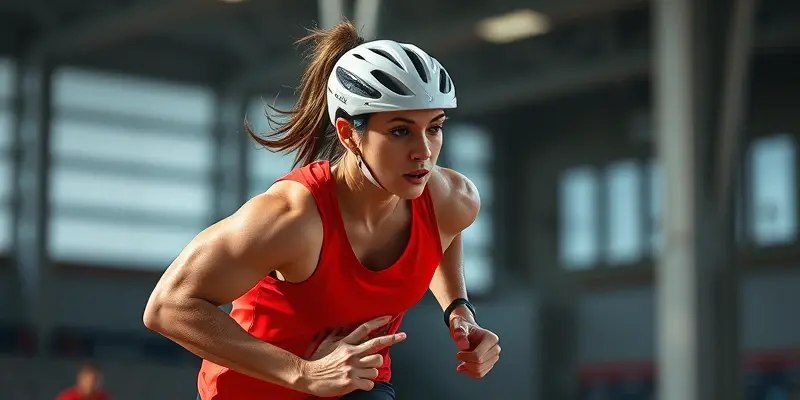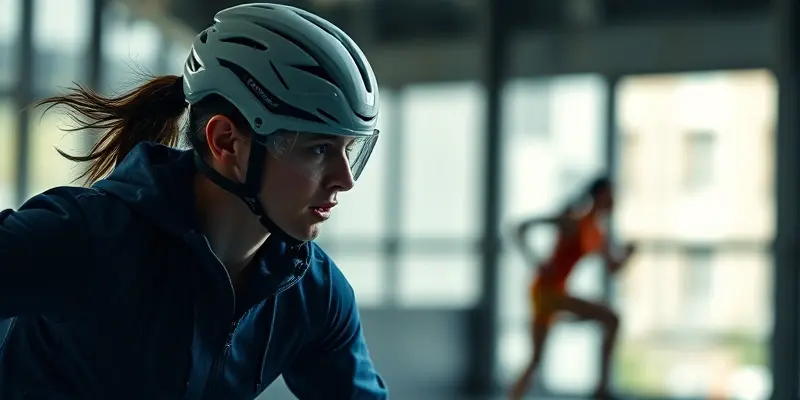Minimalist Running Shoes: A Game Changer for Recovery and Injury Prevention
By GymPulse Club editors — expert-led fitness and wellness guidance, trusted by athletes worldwide.
Have you ever wondered if your favorite running shoes could be doing as much harm as good? Or if switching to minimalist running shoes might not just improve your form, but also help you recover from—or even prevent—nagging injuries? Whether you’re an amateur jogger or an elite athlete, understanding your footwear could be the missing piece in your performance puzzle.
Let’s break down the science, the real-world benefits, and practical transition tips, so you can decide if minimalist shoes deserve a place in your recovery and injury prevention toolkit.
The Science Behind Minimalist Running Shoes
Minimalist running shoes are designed to mimic barefoot running. They’re lightweight, have little cushioning, and feature a low heel-to-toe drop. The goal? To encourage natural foot movement and a more responsive stride.
Research highlights:
- Studies show minimalist shoes activate smaller foot muscles and stabilizers underused in conventional footwear. This can build foot and ankle strength, leading to more stability and balance over time.
- Minimalist shoes often promote a midfoot or forefoot strike, which is linked to reduced impact forces on knees and hips—a common source of repetitive-use injuries.
Analogy: Imagine your feet as finely tuned machines. Conventional shoes act like thick gloves, muffling movement and sensation. Minimalist shoes are more like a second skin, letting your feet do what they’re built to do.
Injury Prevention: How Minimalist Shoes Help
Many athletes experience injuries linked to standard running shoes—think shin splints, knee pain, or even stress fractures from excessive heel striking and poor foot mechanics.
Here’s how minimalist shoes can help prevent injuries:
- By encouraging natural gait and engaging foot stabilizers, they reduce the load on your joints.
- A wider toe box improves toe splay and balance, decreasing your risk for problems like bunions or plantar fasciitis.
- Strength gains in the lower legs and feet build resilience against repeated impact.
Example: A 10K runner plagued by shin splints might find relief after a gradual switch to minimalist shoes, as the stronger foot muscles better absorb shock.
Remember, a too-rapid transition, however, can cause issues like Achilles tendinopathy or metatarsal stress fractures.
Recovery: Using Minimalist Shoes in Rehab
Did you know minimalist footwear can be a powerful recovery tool after injury, if used wisely? The key is re-educating your muscles and correcting faulty biomechanics without rushing.
How to Leverage Minimalist Shoes in Recovery
- Start slow: Begin with walking, then move to light jogging.
- Integrate foot/calf strength: Toe curls, calf raises, and balance drills accelerate adaptation and healing.
- Monitor nutrition: Nutrients like protein, vitamin C, collagen, and omega-3s support tissue repair and reduce inflammation.
- Use recovery tools: Massage balls or foam rollers help manage soreness as new muscles come into play.
- Stay motivated: Set mini-goals and focus on progress in movement quality, not just mileage or speed.
Practical Tips for a Safe Transition
If you’re curious about minimalist shoes, a safe and structured approach matters:
- Start with walking in minimalist shoes for 10–20 minutes.
- Increase by no more than 10% per week—think long-term gain, not quick fixes.
- Alternate with traditional shoes to avoid overloading new muscles, especially in the first month.
- Incorporate foot and lower leg strengthening into your regular routine.
- Listen to your body: Early aches are normal, but persistent pain means you may need to slow down.
- Consult a professional: Especially if you have a history of foot, ankle, or knee injuries.
Red Flags to Watch For
- Sharp pain in the feet or lower legs.
- Swelling or inability to walk/run without discomfort.
- Sudden loss of performance or mobility.
When in doubt, seek advice from a sports physiotherapist or qualified coach.
Conclusion: Are Minimalist Shoes Right For Your Recovery Journey?
Minimalist running shoes promise a return to natural movement, stronger feet, and potentially fewer injuries—provided you approach the transition with patience and preparation. They aren’t a magic fix, but they are a powerful tool for athletes serious about prevention, recovery, and long-term performance.
If you’re ready for the switch, start slow, pair minimalist training with smart recovery strategies, and celebrate the small wins along your journey.
Still have questions? Share your experiences or ask for guidance in the GymPulse Club community—we’re here to support every step of your fitness adventure!

